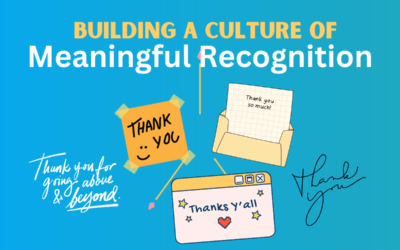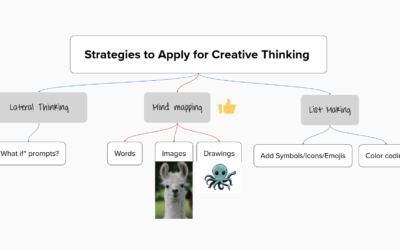 People are usually the most expensive thing in any nonprofit. Social sector organizations need a lot of human power to accomplish change in the world (and to measure that change), and while volunteers can do a lot, paid labor is more reliable. The old way to think about paying people for mission change is to think permanent staff, but that model has problems and there are now better solutions.
People are usually the most expensive thing in any nonprofit. Social sector organizations need a lot of human power to accomplish change in the world (and to measure that change), and while volunteers can do a lot, paid labor is more reliable. The old way to think about paying people for mission change is to think permanent staff, but that model has problems and there are now better solutions.
Permanent staff have a lot of advantages. Depth of knowledge, institutional memory, and stakeholder relationships are just a few. There are also downsides to permanent staff, and the biggest one is the fixed expense of a limited set of skills. Nonprofits are infamous for expecting their lead staff people to be masters of all trades, from grant writing to communications to staff management to financial planning. There are quite a few good utility fielders out there, but often some of those areas are just not as well served as others. Many staffing models could benefit from the lessons of lean business process, and move to some kaizen staffing.
Most charities will need some full-time staff, but many parts of what nonprofits do can be purchased in much smaller chunks. This saves all the costs of adding a constant, recurring payroll for specialized, sporadic skills. Time to gear up for the year-end giving campaign? Bring on a database specialist for a month and a fund-development consultant for a two month contract. Getting ready to produce an annual report? Get a temporary designer and a contracted writer. Have a big opportunity for program expansion but no committed dollars yet? Don’t redirect the limited time from existing staff – get a contract project manager with a fixed-cost bid and specific contract results to helm the project 10 hours per week for three months and find out if it can be self-sustaining.
The examples can go on. The biggest challenge is adapting nonprofit culture to faster decision making and the idea that not all labor relationships have to be permanent. Nonprofits often pay less for their staff than other types of businesses (University of California – Davis cautions around a 25% penalty). A more effective strategy is to pay fairly (even well) but do it less often. Pay for what is needed, then move on. Assemble a team, do a project, and disband.
The old saying urges the right tool for the right job. One more criterion is at the right time. It’s better to rent the right tool if you only need it for a short while. The alternatives are trying to make a hammer function as an air gun (inefficient, but possible) or buying a lot of inventory that goes unused. Neither option makes much sense. The expanding options of just-in-time staffing keeps costs down, quality high, and flexibility at a maximum.






